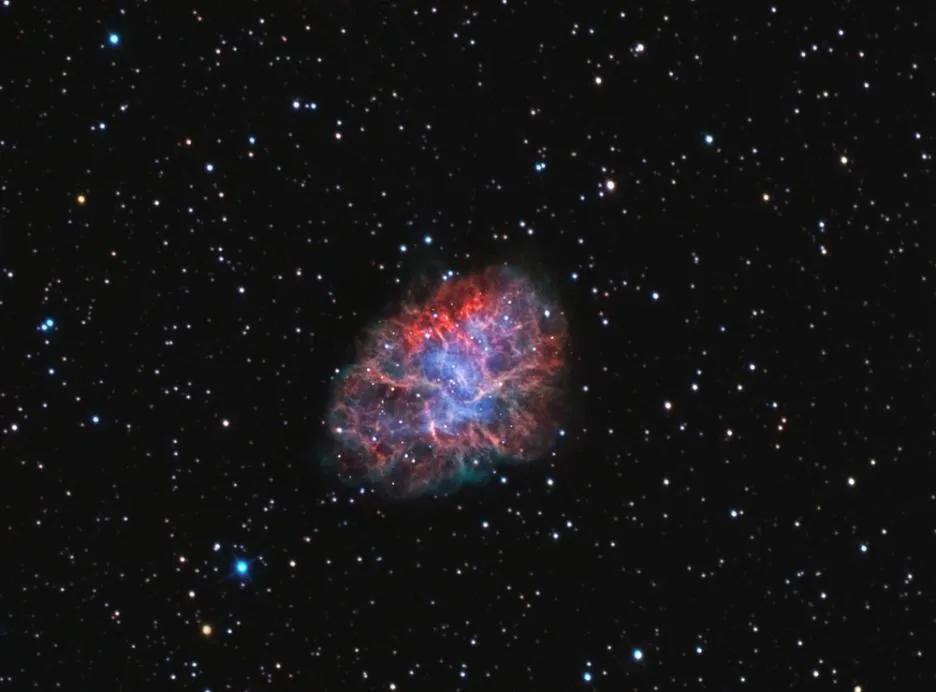
Pulsars are born when a supernova explodes. These are extremely dense neutron stars, which rotate around their axis especially quickly and emit particles of particles (just like the sea lights). More than 2000 pulsars have been discovered since Jocelyn Bell Burnell noticed the first in the 1960s. Today, scientists recognized Kes 75 - the youngest among them.
It is about 19,500 years old and is 19,000 light-years away. In other words, we are still observing the first few centuries of the existence of this cosmic object. Using the data collected by the NASA Chandra Observatory over the past two decades, scientists have been able to understand how this pulsar is changing and how it has formed.
Pulsator emits multiple particles (both matter and antimatter). They move almost at the speed of light and form pulsar winds, which in turn create a specific region around the pulsar. This is the so-called. nebulous wind nebula - magnetized bubble of high energy particles.
The speed at which the nebulized nebula expands allows scientists to understand how long it actually exists. Using Chandra data from 2000, 2006, 2009 and 2016, they come to the conclusion that the nebula is expanding by about 1 million meters per second.
This high speed is probably due to the low density of the surrounding pulse. It is possible to expand into a bubble of radioactive nickel produced by the supernova. When nickel decomposes into iron, it contributes to light emissions of the system. The heavier elements of the periodic table are formed in the supernova, and this study allows scientists to understand more about the processes of their formation.
Over the past two decades, the brightness of the nebulized nebula has decreased by about 10 percent. The changes are mostly concentrated in the northern region. The speed at which they occur as well as the strange form of space objects can not be brought to any of the current astronomical models. Researchers note that they will need more time to understand what is happening at Kes 75.
